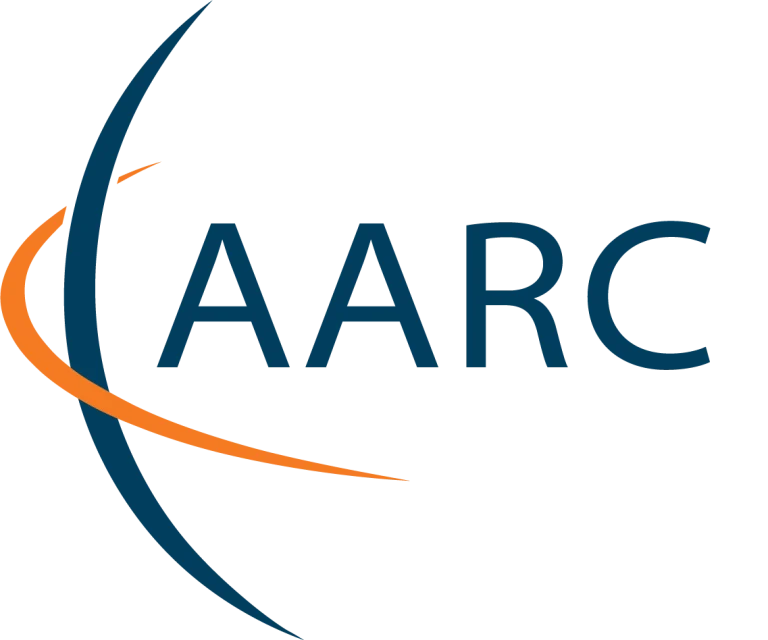A great step forward has been taken by research communities that are implementing an Authentication and Authorisation Infrastructure (AAI) that complies with the blueprint architecture and policy recommendations produced by the AARC project. A very ‘hands-on’ event combined training and a ‘plugfest’ and brought together AARC partner research communities and e-infrastructures to troubleshoot technical aspects of setting up integrated identity and access management systems, which will make life easier for researchers in a wide range of fields when accessing data and resources.

“The pilot is going very well. We are now trying to introduce the set of solutions that AARC recommends, so right now we have a test environment to manage users and allow them to access specific services, and we are planning to have this in production very soon.” Fernando Aguilar (IFCA-UC) LifeWatch pilot – RESEARCH FIELD: sustainable development, conservation of biodiversity and ecosystems
“It has been useful to work with other organisations’ identity and access management staff because otherwise you’re stuck in a bubble of ‘you do what you already do’. It’s been very useful to see, for example, WLCG or CTA and how other organisations manage similar problems that we have.” Paul Hopkins (Cardiff University) LIGO pilot – RESEARCH FIELD: physics experiments and observatory to detect cosmic gravitational waves
“I think it’s important that you have communities that really adopt the results from a project like AARC and that was the idea. We are one of the first communities to actually make that change and also pilot the results that have been developed in AARC.” David Hübner (DAASI International) DARIAH pilot – RESEARCH FIELD: arts and humanities
The plugfest was hosted in Milan by AARC partner Reti in September, with a focus on the research communities pilots. The main goal was to ensure seamless access to resources for users by pursuing interoperability between the community AAI and research infrastructures, as applicable. The event built upon the work of previous face-to-face and online AARC meetings: on those occasions the focus was on understanding the communities’ requirements and the best fit of their setup in the AARC blueprint architecture (BPA).
Understanding the needs of a specific community of users requires reverse AAI-engineering skills, but is of major importance to design and implement an AAI solution that is scalable and that is going to work within the context of their daily AAI routine.
“We used the first plugfest to jointly come up with architectures for each community pilot. They are working on implementing an architecture that matches with the AARC blueprint architecture and policy recommendations to ensure interoperability with other infrastructures as well as the institutions their users are from.” Arnout Terpstra (SURFnet), AARC pilots activity leader
Community use cases
The plugfest included work on cross-infrastructure integration, but the main focus was on:
- EPOS, the research platform for the Earth sciences with a broad community of users;
- WLCG, the Worldwide LHC Computing Grid with more than 170 computing centres in 42 countries;
- EISCAT_3D, the international Research Infrastructure with 6 associate nations and 5 affiliate institutions using radar to study the atmosphere and near-Earth space;
- LifeWatch the 14-country consortium behind e-Science research facilities for biodiversity and ecosystems; and
- LIGO, the Laser Interferometer Gravitational-Wave Observatory with around 1000 scientists worldwide and 440,000 Einstein@Home users.
Other pilots in the project that have already reached a greater stage of maturity are for the Cherenkov Telescope Array (CTA), the major global observatory for very high-energy gamma-ray astronomy, for the Corbel cluster of biomedical Research Infrastructures, and for DARIAH, the pan-European infrastructure for arts and humanities.
An eye to the future
The AARC team is documenting all the AAI solutions piloted in the project in order to benefit any other research collaborations that may wish to make use of them in future, particularly those whose research fields depend on time- or privacy-sensitive data.
“What I see as a legacy from AARC is the human network that is now in place. Guided by the requirements of the users, as it has been in the past, I am sure that most of the communities that are in AARC will keep improving their AAI in future.” Mario Reale (GARR)
The AARC pilots ‘human network’ will meet again at the project’s All Hands meeting on 19-22 November
Further information
More about the AARC pilots.


